A Quick Guide to Keep Your WordPress Website Secure
CRO 101: Best practices to make your B2B website perform better
5 strategies for celebrating company milestones
The impact of AI on B2B website design and how to adapt
The role of UX/UI in conversions: Why user experience drives B2B marketing success
Optimizing B2B web design for voice search: Best practices for the AI-driven internet
Why B2B marketers should embrace chatbots
WordPress vs. HubSpot CMS
WordPress vs. Sitecore
WordPress vs. Webflow
B2B marketing: An overview of off-page SEO tactics
How we’re using AI for B2B marketing and design
WordPress vs. Prismic
How marketing leaders can protect a brand from unintended chaos
The top 20 B2B website designs of 2024
New Year, New Wins: Planning essentials for B2B marketing leaders
B2B marketing strategies that convert
10 key B2B web design trends for 2025
FRESH RESOURCES DELIVERED
Want to show your colleagues how smart you are? Get actionable ideas written specifically for B2B marketers – subscribe to the BeBop newsletter today!
SAY HELLO
Let’s talk about your project
Get in touch to chat about how we can help you build a better B2B brand. Don’t be shy. We’re great listeners, and even better problem-solvers.



















